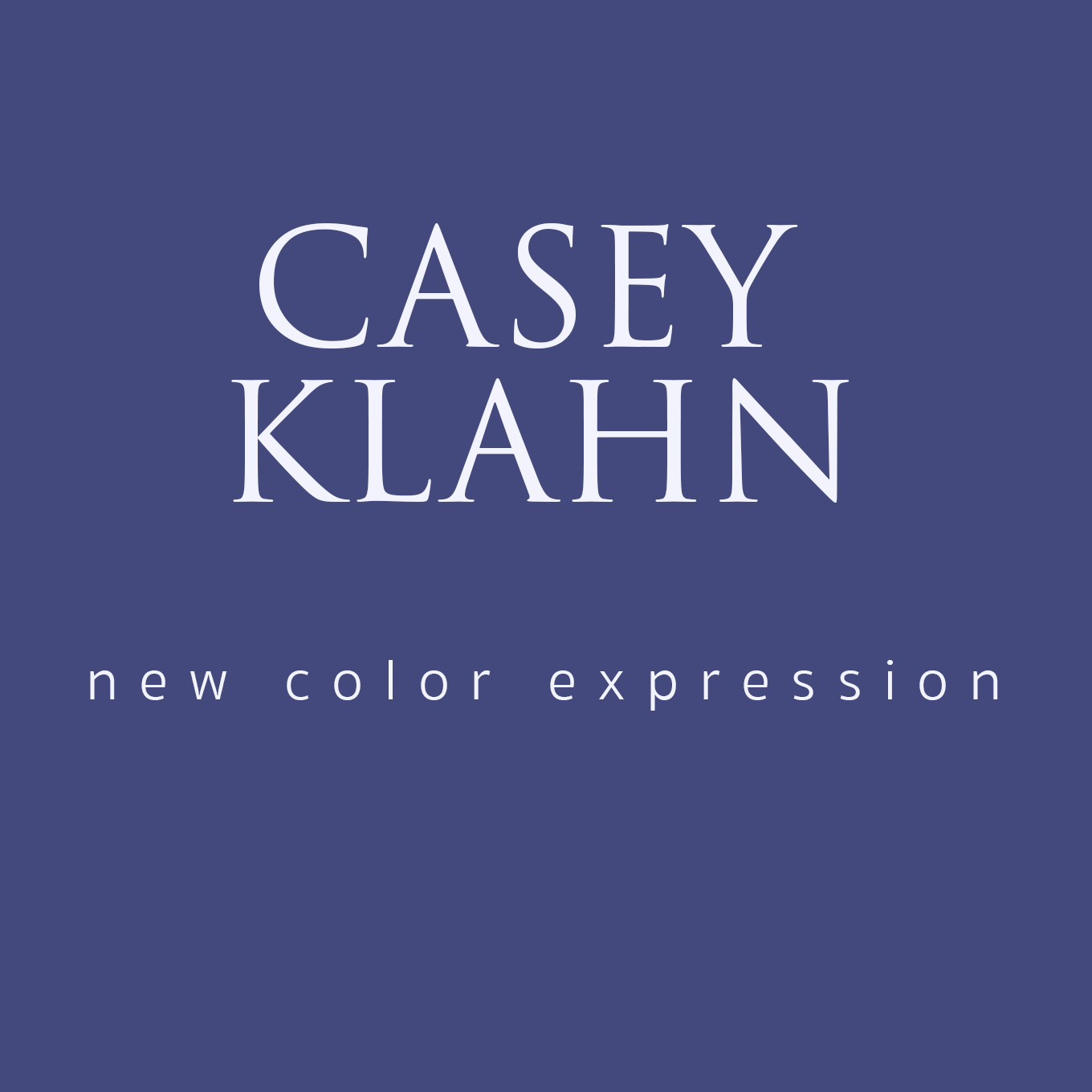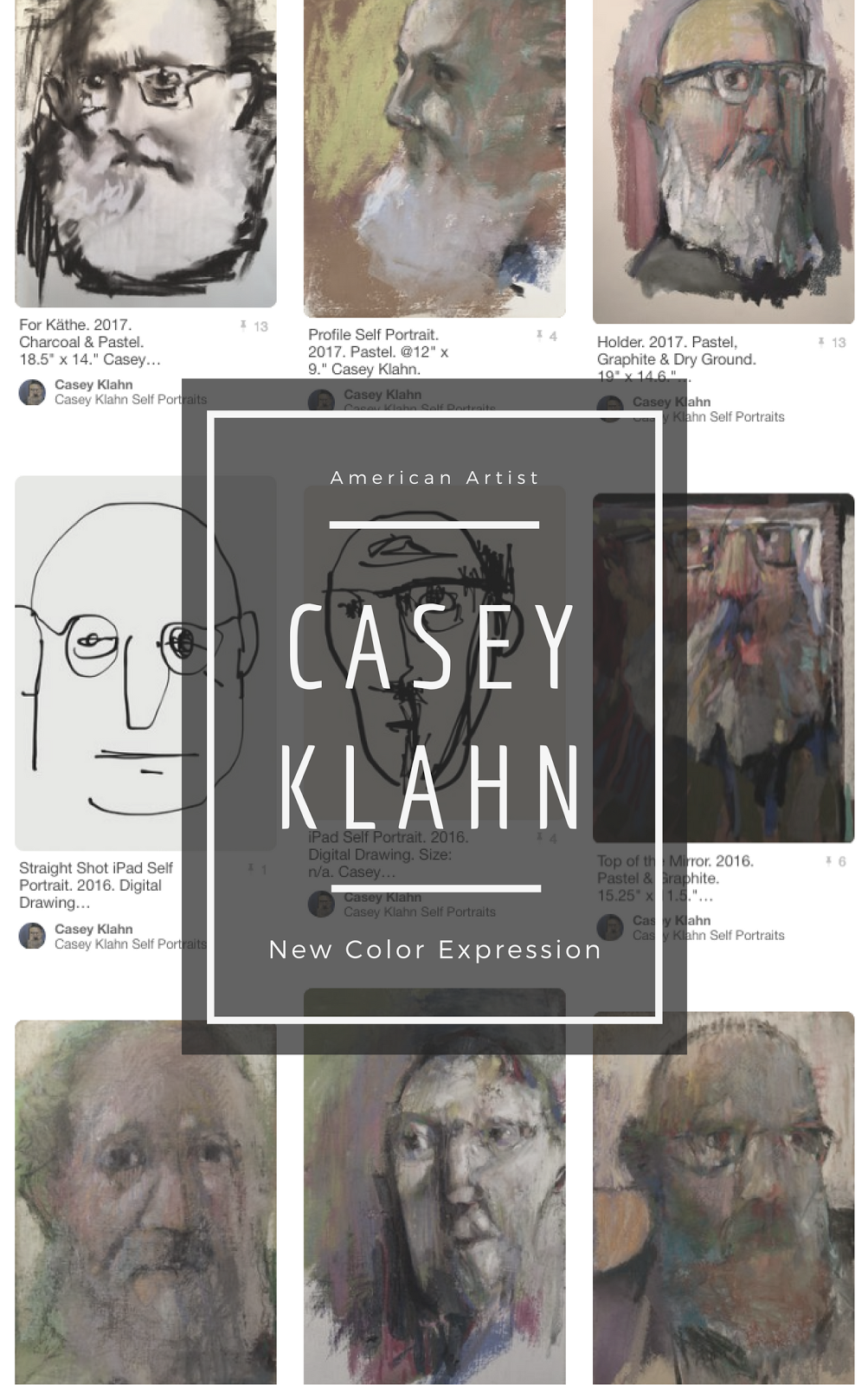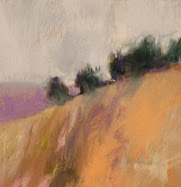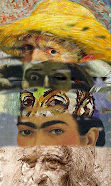28 September, 2014
27 September, 2014
Vermillion Ideas
Light Vermillion
Seville Still-Life, 1910-11.
Oil on canvas.
35" x 46."
Henri Matisse
Detail
Matisse painting Seville Still Life in Spain in 1910. Just as Picasso and other Modernists were appropriating influences from Africa, Islam, and Japan, Matisse here found Moorish design as a way of freeing himself from the particulars of realism. The foreign designs became meat for Modernist ideas. Instead of using values to indicate space, in this canvas Matisse was dedicating himself to the Modernist ethos of the surface and the formal elements, or basic structure, of the picture. Color was his forward element, taking the place of value, and in this way Matisse was a pirate on the open seas of change.
The surrounding patterns of emerald green with crimson notes control the composition, and the China blue chair cover gives visual movement and compliments the orange design of the central tablecloth. Everything supports the negative spaces of high intensity vermillion red. The celebration of negative space reenforces Matisse's idea of the the picture plane as the main thing. This is the essence of Modernism: innovation. We are not looking at Vasari's type of space; Henri Matisse owns a whole new archetype of picture space.
Compare the earlier still life, Crockery on a Table, which was created just ten years before the Seville work.
Henri Matisse
Crockery on a Table, 1900.
oil on canvas
97 x 82 cm
Matisse is, even in 1900, concerned with design over all else. Here, he has added another length of canvas below the table top to allow the objects to breath in a fully realized space. The extra negative space gives the coffee set an elevated position, and proper importance.
This essay by artist Paul Corio says much about Matisse's colorist ways:
I've been thinking about Matisse a lot lately, for a number of reasons. I'm teaching a color course with a pattern component right now, and needless to say, it's a good time to revisit with a fresh eye a lot of the pictures that I've seen a million times.
Without gushing about his mastery, I'll say this: he was a master. Like his friend Bonnard, he could confound figure and ground without painting abstract pictures; using limited value contrasts to mash objects back into the flattened, shallow space, and using pattern to bring the ground almost all the way up to the picture plane. He could also paint people without making pictures about people, which is a much bigger deal than it sounds like - his figures had no particular psychology to explore, they exist on the same plane (literally and figuratively) as the still-life elements, furniture, textiles, and the other objects and spaces in the pictures. Matisse used color as a leveler of those things, and like all great colorists he made it looks easy, which led (and still leads) many to question the scope of his achievement.
by Paul Corio
25 September, 2014
Brunette
The Expressionist. 2014. The Russian Brunette.
8" x 10.75"
Pastel, Oil, Charcoal & Graphite.
Casey Klahn
Note: soft pastels and oil paint mixed media, rather than oil pastel - another medium altogether! La Carte Card.
24 September, 2014
At Rest
Magpie. 2014. (Shown Flipped Horizontally)
9" x 12"
Charcoal and Compressed White Charcoal on Rough Brown Paper
Casey Klahn
21 September, 2014
I Ascended Alone
Henri Matisse, 1930. Silver gelatin
by Edward Steichen.
Dance, 1910. o/c. 8.5 feet x 12.75 feet. Henri Matisse.
Music, 1910. o/c. 8.5 feet x 12.75 feet. Henri Matisse.
Would they be there? The two great canvases, Dance, and Music, are twin titans that Matisse painted for his patron, Sergei Ivanovich Shchukin, in 1910. This August, I went to see these works at the State Hermitage Museum, in Saint Petersburg, Russia. But, I had reason to worry about their whereabouts.
After a day of touring the great museum with Olga, our Russian guide, I was told the Matisse works had been moved to an outer building of the sprawling complex. Russians didn't prefer the Modernists, anyway, and so they were possibly on exhibit at the General Staff building. I had traveled halfway around the world to see the definitive works by the master Henri Matisse, whose influence on me has grown over the past many years. Would both of the canvases be accessible, or perhaps only one of them?
Olga had taken our small group on a whirlwind run through the main museum building, the Winter Palace. Look! There's Michelangelo! Da Vinci and Raphael, puff, p-puff! Huh, wheeze. Now look at Rembrandt - there he goes! It was an atrocious art crime; speeding past masterworks by the greatest artists of world history but never actually looking at them! The idea was to say that you had seen Leonardo; you were in his presence. What did the painting look like? Hell if I know! It was too crowded and I was only afforded a second's audience with the great canvas.
 |
Ascending the grand staircase of the General Staff Building of The State Hermitage Museum.
Had I come all the way to Russia for nothing?
|
I ascended alone the wide, white marble stairway inside the General Staff Building of The Hermitage. After some trouble with language and directions, I had found the place where I hoped to view the great man's art. Up a central line of emerald green glass and through glorious four-story doors, there waited a nearly private exhibit of paintings and sculptures by Henri Matisse. Yes, they were all there.
It seem to me that there was something providential happening. Not only did I see both of the big 1910 canvases by Matisse, but I also enjoyed a rare exhibit of about 30 works by the master, including important paintings such as Harmony in Red and Portrait of The Artist's Wife. In this exhibit, I saw his color, his passion, and his carefree attitude in painting.
"(I paint) to translate my emotions...through color and drawing, which neither the most perfect camera, even in color, nor the cinema, can do." Henri Matisse. 1942 Radio Interview.
Detail: Seville Still Life. Insane Red Color.
This was a life event for me: a long private conversation (art is communication, isn't it?) with the 20th century French Colorist Henri Matisse. Seeing the works in their context, in close proximity to one another, and in regal situation, was an irreplaceable experience. What more can be said with color in new paintings? I can't wait to see.
19 September, 2014
Russian Busker Without Her Hat
The Russian Photo Busker Who Wore No Hat. 2014. @11" x 9." Graphite, tinted with Compressed White Charcoal, Conté, and Pastel, on Blue Saint Armand Old Master Drawing Paper. Casey Klahn.
17 September, 2014
09 September, 2014
Oil Bar Chaos
The French Modernists. 2014. Pastel, Oil & Graphite. 11" x 9." Casey Klahn. Note: soft pastels, oil bar (which is oil paint - not oil pastel) and pencil, on archival rag paper. I think I put some gesso on there with my fingers, too.
02 September, 2014
The Conversation 2014
Subscribe to:
Posts (Atom)
Abstract Expressionism, Art Criticism, Artists, Colorist Art, Drawing, History, Impressionism, Modern Art, Painting, Pastel, Post Impressionism





.jpg)




























